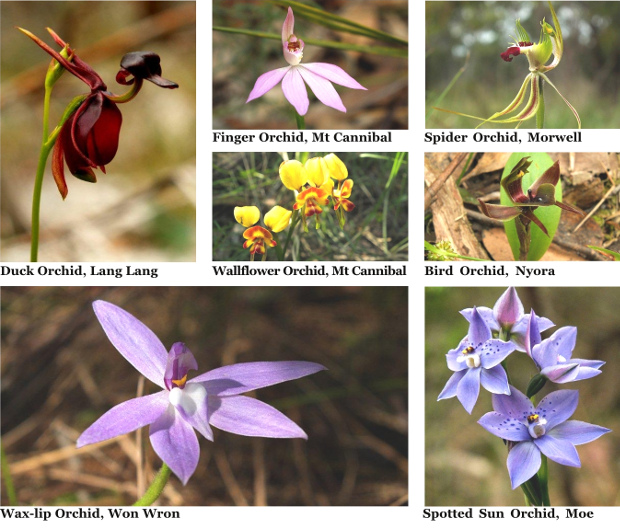
IT IS orchid time. Our surrounding bush and heath lands come alive at this time of year with many beautiful, and sometimes strange, terrestrial orchids.
This story was first published in the 14 November 2014 edition of the Warragul & Baw Baw Citizen.
ADVERTISEMENT
There are an estimated 25,000 species of orchids worldwide, which is about 10 per cent of all plant species.
Approximately 70 per cent of these species are epiphytes (growing in trees), and they mainly occur in tropical or sub-tropical regions of the planet. The other 30 per cent are terrestrial species and they tend to be most common in temperate regions such as Europe, North America, southern Africa, Argentina, and southern Australia.
In fact, with more than 1,000 species of terrestrial orchids, southern Australia has the greatest diversity of terrestrial orchids in the world.
Victoria’s terrestrial orchid flora is remarkably rich, with more than 360 recognised species. While Victoria comprises only three per cent of Australia’s land area it is home to about 28 per cent of the country’s orchid species.
ADVERTISEMENT
This is largely due to our huge diversity of habitats. From Mallee scrubland to alpine herbfields, and coastal heathlands to tall eucalypt forests, Victoria packs a large number of orchid species into a small area.
Many species are however easily overlooked due to their generally small stature, and as a result many Victorians are unaware of the amazing wealth of orchids in their own backyard.
Victoria is a special place for orchids, with approximately 110 species being endemic to the state.
They do not occur naturally anywhere else.
Unfortunately, many Victorian orchid species are also threatened with extinction. Seventy-five species are formally recognised as threatened in Victoria under the Flora and Fauna Guarantee Act (1988), while more than 250 species are considered to be of conservation concern.
Forty-seven Victorian orchid species are formally recognised as nationally threatened under the Environmental Protection and Biodiversity Conservation Act.
The threats to our orchid populations include fragmentation of habitat due to land clearing, over-grazing, improper fire regimes, invasive weed species and exotic grasses, urbanization, drought and probably climate change.
We should be doing all we can to safeguard our unique orchid assets so that future generations get to wonder at their beauty, and strangeness, just as we have.
ADVERTISEMENT
For more from the author visit gouldiaesblog.blogspot.com.



